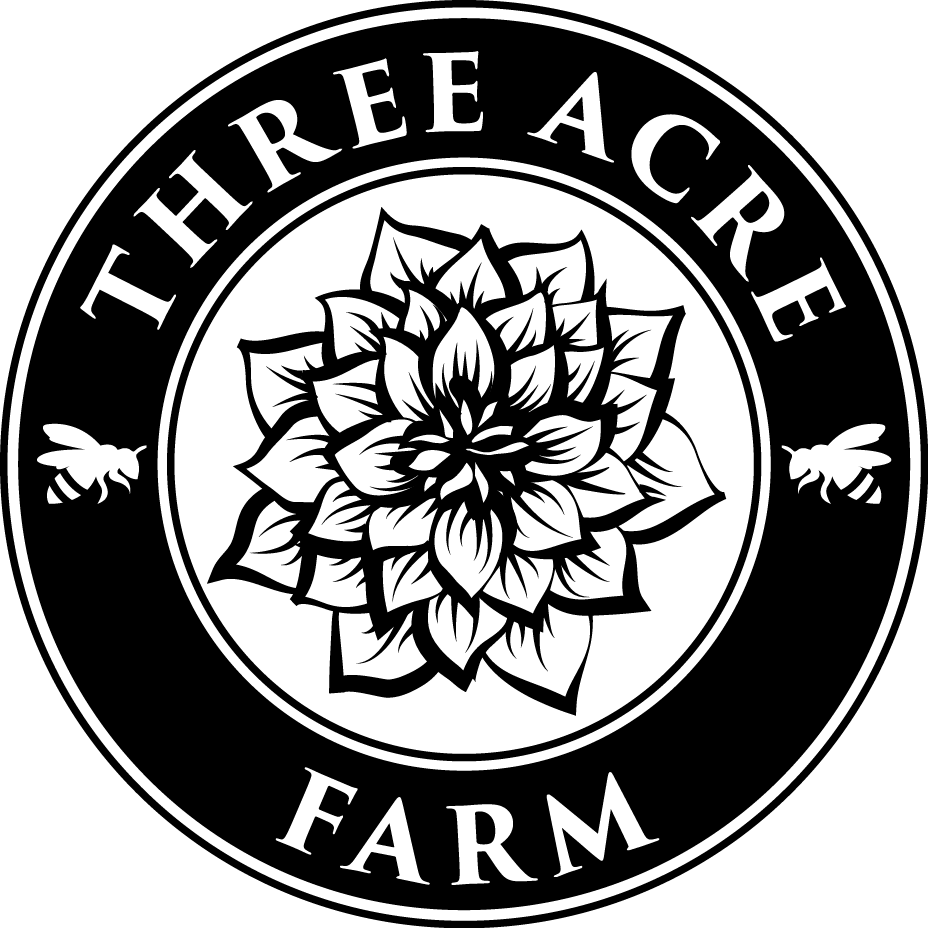How to Grow Phlox
How to Grow Phlox
How to Grow: Phlox (Phlox drummondii)
Pronunciation: flaaks
INTRODUCTION
Many people are familiar with the Perennial “Garden Phlox” (Phlox paniculata), but in this blog post, we’ll be discussing Annual Phlox (Phlox drummondii). Both can be used as a cut flower, but I find the Annual Phlox to be much more useful in bouquets (especially as Garden Phlox can be susceptible to Powdery Mildew).
Annual Phlox can be a lovely addition to the cutting garden. Personally, I find harvesting them to be a bit cumbersome and I often mutter and complain the whole time… but once I weave the stems into mixed bouquets, I remember why I love them.
As a bonus, most Annual Phlox varieties have a delightful, delicate scent. Many cut flowers do not have a scent, so I’m always looking for beautiful sweetly scented flowers to mix into my bouquets.
Grandiflora Tapestry Mix
Let’s look at the Pros and Cons of growing Phlox for cut flower use.
PROS
They come in a wide variety of colors, from muted tones to bright hues.
They have a sweet scent.
They fill out a bouquet beautifully.
They are quick to flower, taking only 60-65 days.
They are very productive and abundant.
They have a good vase life of 7 days when harvested at the proper stage.
CONS
They tend to bloom early on stems that are too short for bouquets. The plants may require multiple “pinches” (pruning) before they begin blooming on longer stems. Pinching is not difficult, however, you have to remember to do it! I often pinch them 3x before they finally begin sending up 18-inch stems.
The stems can become tangled and difficult to harvest.
Cherry Carmel
CHOOSING SEEDS
When choosing seeds, the most important consideration is height. Look for varieties that will reach 18 inches.
Here are a few of my favorite Phlox to grow for cut flower use:
“Cherry Carmel”
“Creme Brulee”
“Sugar Stars”
Grandiflora Tapestry Mix
HOW TO SOW
Phlox can be a little fussy to start from seed. The trick is darkness - once sown, the seeds need to be kept in the dark until they germinate.
You’ve got a few options:
Sow seeds in trays and stick the trays somewhere dark and warm.
Cover the seeds completely with soil or vermiculite.
Cover the seed tray with another tray on top of it.
Once the seeds have germinated, you can move them into a bright location (under grow lights or a greenhouse). Seeds should germinate in about 10-21 days.
Transplants or Direct Sow?
Phlox can be direct sown or transplanted. I recommend transplanting since germination can be a bit tricky.
Start Phlox from seed indoors about 6 weeks before your Average Last Spring Frost.
Seedlings can be transplanted after the frost date. If the seedlings are starting to bloom in the trays, simply pinch off the blooms.
If you want blooms all summer, consider planting 2-3 successions of Phlox, about 3 weeks apart.
Phlox is considered an Annual, but I consider them a “Hardy Annual” since they can tolerate frost when the plants are mature. Annual Phlox is often one of the last flowers standing in the field after frost arrives.
Blushing Bride
Speaking of frost…
Side note: My neighbor hired a photographer to take photos of her beloved dog on our flower farm in early October. The night before the photo shoot, our farm was hit by a killing frost and all the flowers turned brown and dead… except for the Phlox! The Phlox was unscathed by the frost and the photographer managed to capture some beautiful images of the dog surrounded by the Phlox!
Phlox after a frost!
PLANT SPACING
Plants can be spaced 6-9 inches apart. I recommend close spacing to encourage the plants to grow taller.
GROWING ON
Phlox has average water and fertilizer requirements. Drip irrigation or soaker hoses are recommended as too much water on the plants can cause disease issues.
Now let's talk about pinching (pruning or cutting back the plant).
Phlox has a very odd, rambling growth habit and without some pinching, the plants be quite unruly.
They often try to start blooming when they are only 2-3 inches tall. While these are cute, they are not usable in bouquets, where I need 18” stems.
Needs to be pinched!
The solution? I simply go in with a pair of snips, cut off the blooms and tell the plant “Nice try, but I know you can do better. Let’s try again.”
After 2-3 rounds of this treatment, the plants start sending up lovely 18” long stems.
I don’t recommend netting Phlox, because the stems would be a tangled mess in the netting.
Blushing Bride - Long stems after being pinched a few times!
STAGE OF HARVEST
Harvest the stems when about ½ of the blooms on the stem are open. The remaining blooms will slowly open up in the vase. If all of the blooms are fully open (fully ripe or over ripe), the flowers will not last as long in the vase.
Grandiflora Tapestry Mix
POST-HARVEST CARE
Phlox requires no special post-harvest care.
QUESTIONS?
Ask them here and I’ll get back to you!
Ready for more?
If you’re serious about growing the garden of your dreams this year, register for my online course, “Backyard Cutting Garden 101”. You’ll find everything you need to plan, grow, harvest and arrange your stunning blooms. I can’t WAIT to help you grow! Click on the button below for all the details.








